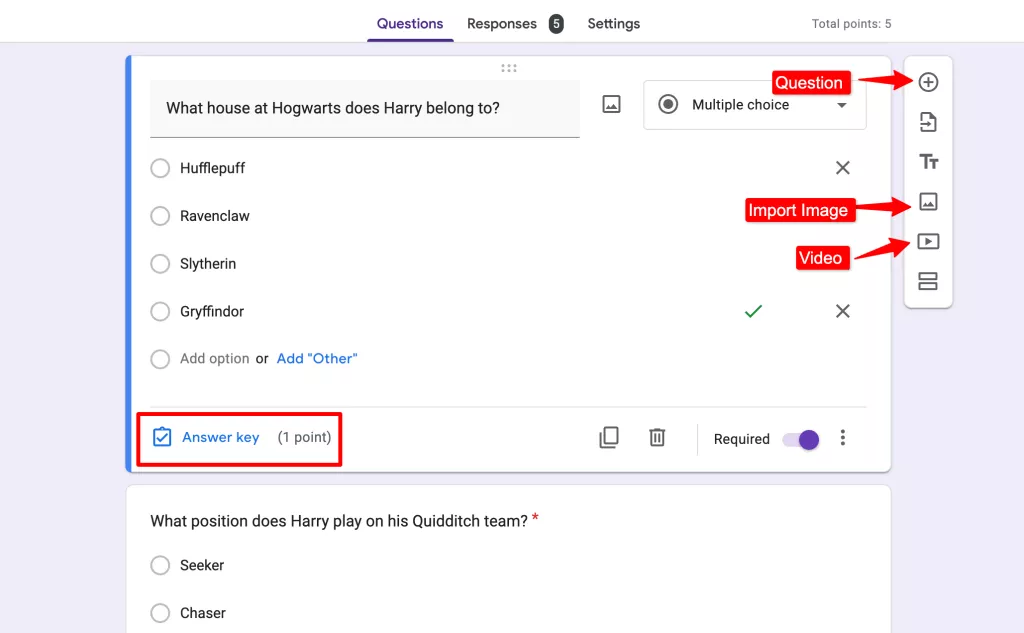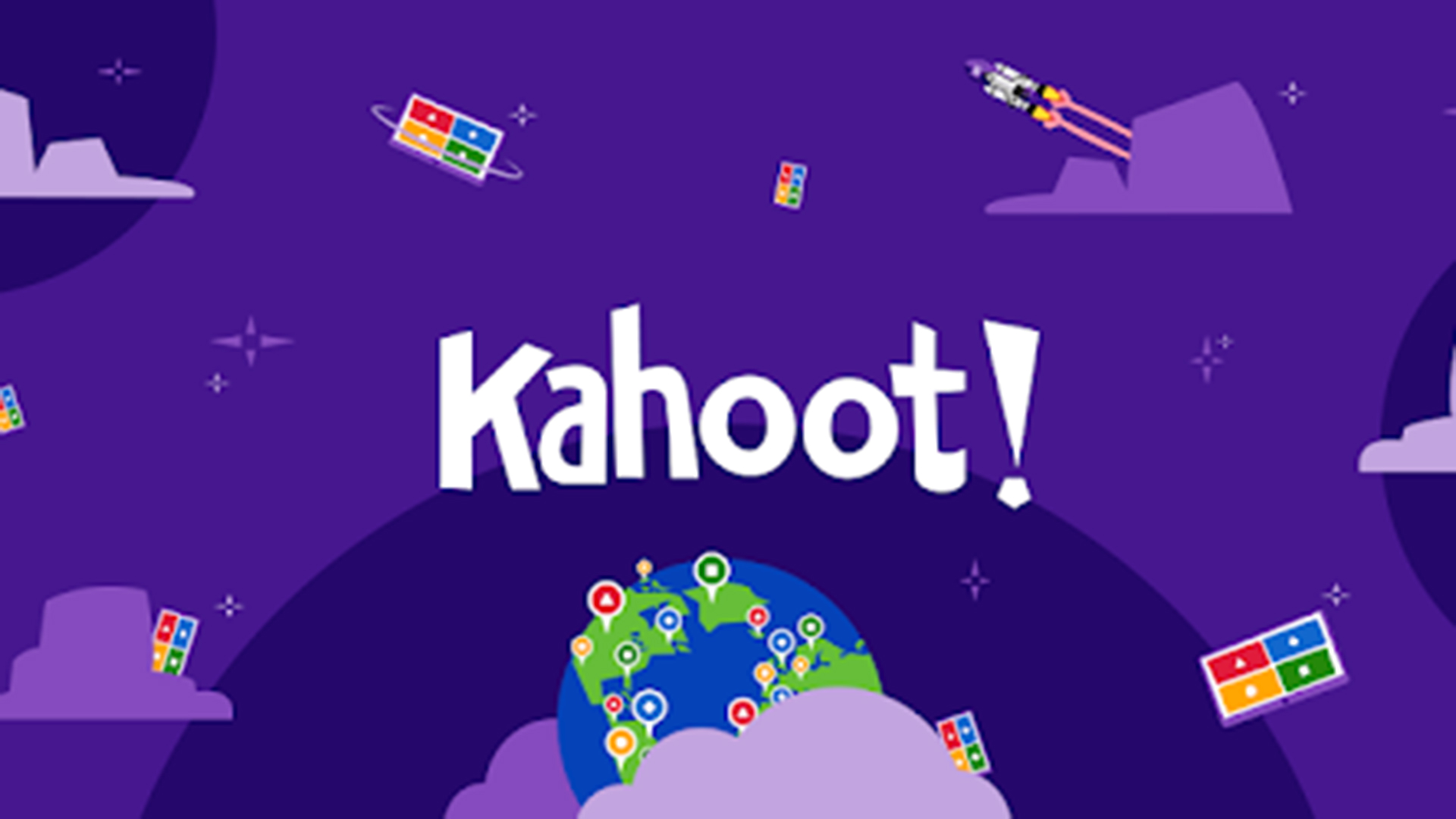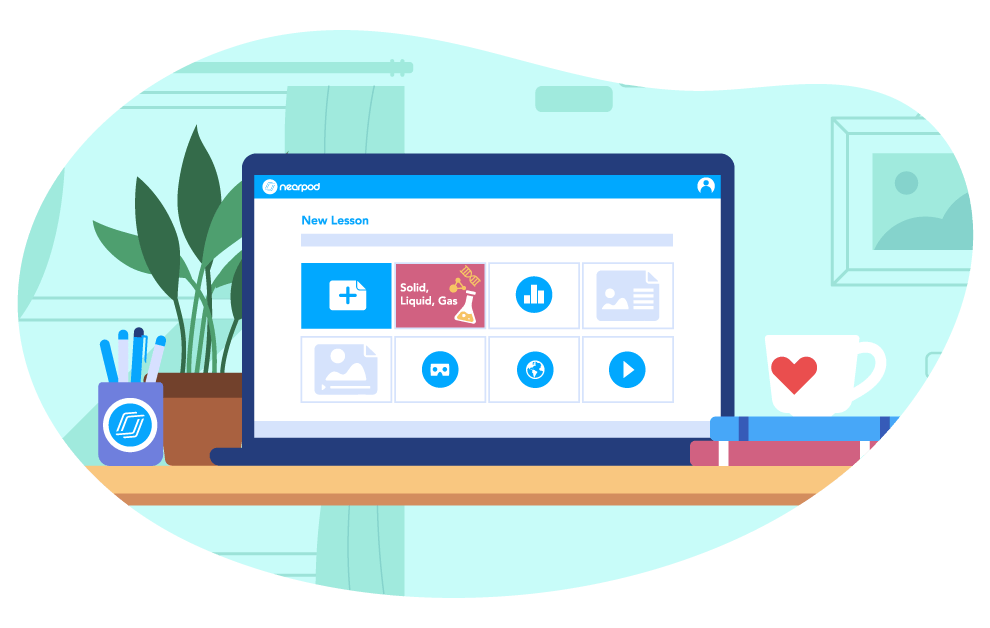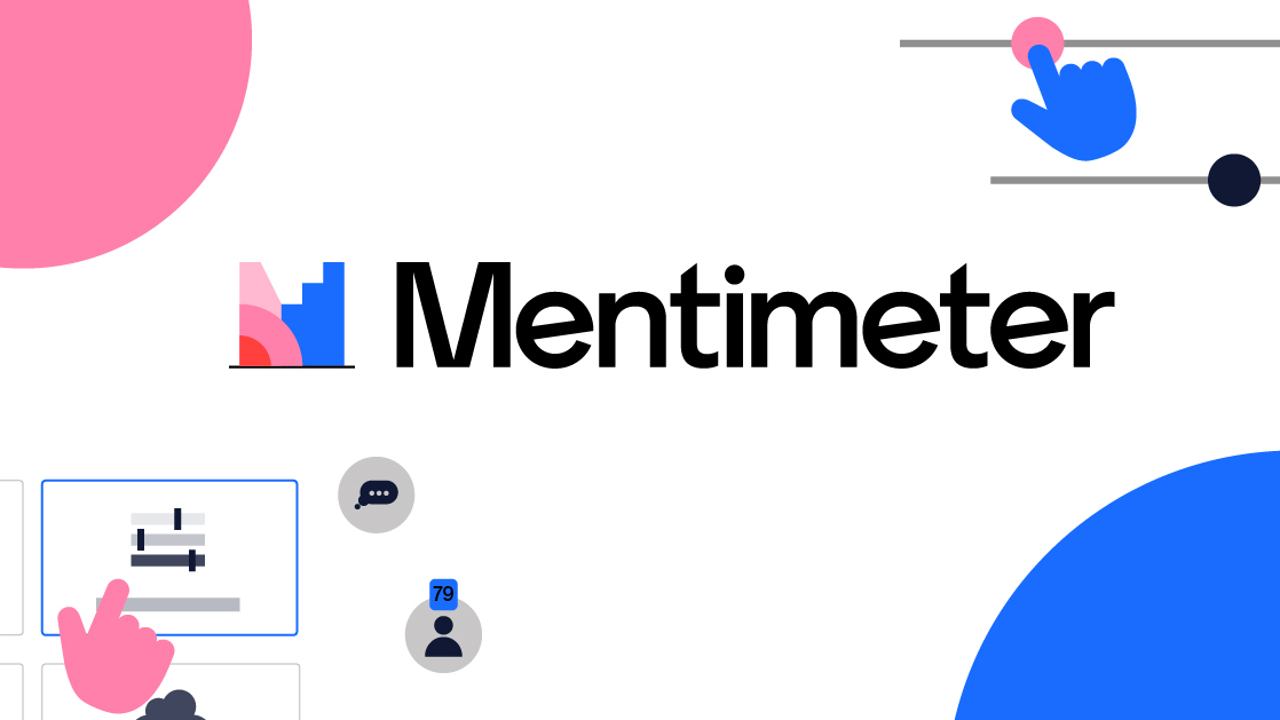
Use these Assessment Tools to be the BEST teachers
In today’s digital age, we have access to a wealth of assessment tools and resources that can help us become the best teachers we can be. From online platforms to traditional methods, these assessment tools offer valuable insights into student understanding, engagement, and growth. Join us as we explore how to leverage these tools to enhance our teaching practices and support student success. Let’s dive in and discover how we can use these assessment tools to be the best teachers possible!

TOP 5 OFFLINE ASSESSMENT TOOLS FOR TEACHING
Rubrics:
- Description: Rubrics are scoring guides consisting of criteria and levels of performance used to evaluate student work across various domains such as content, organization, presentation, and creativity.
- How to Use: Teachers can create customized rubrics tailored to specific assignments or projects. They assess student work by assigning scores or levels based on predefined criteria and provide constructive feedback for improvement.
Observation Checklists:
- Description: Observation checklists are systematic tools used by teachers to record observations of student behavior, engagement, and participation during classroom activities, discussions, or group work.
- How to Use: Teachers use pre-established checklists with criteria related to desired behaviors or skills. They observe students and mark off criteria as observed, allowing for objective assessment and documentation of student performance.
Exit Tickets:
- Description: Exit tickets are brief assessments given to students at the end of a lesson or class to gauge understanding, assess learning, and gather feedback.
- How to Use: Teachers design questions or prompts related to the day’s lesson or learning objectives. Students respond to the exit ticket before leaving the classroom, providing insights into their comprehension and any areas of confusion.
Portfolio Assessment:
- Description: Portfolio assessment involves compiling and evaluating student work samples, projects, and reflections over time to demonstrate growth, achievement, and learning progression.
- How to Use: Teachers work with students to curate portfolios that showcase their best work, accomplishments, and learning experiences. They review portfolios periodically to assess student progress and provide feedback on strengths and areas for improvement.
Peer Assessment:
- Description: Peer assessment involves students providing feedback and evaluating each other’s work based on predefined criteria, fostering collaboration, critical thinking, and self-reflection.
- How to Use: Teachers establish clear criteria and guidelines for peer assessment activities. Students exchange work with peers, assess each other’s assignments or presentations, and provide constructive feedback using rubrics or evaluation forms.
These offline assessment tools provide teachers with valuable insights into student learning, progress, and performance while promoting engagement, self-assessment, and peer collaboration in the classroom.
See also:
Train to Teach at Link Language Academic
TOP 10 ONLINE APPLICATIONS FOR ASSESSMENT TOOLS
Here are the top 10 online assessment tools for teaching:
Google Forms – No.1 easy-to-use assessment tools:
- Description: Google Forms allows teachers to create customizable quizzes, surveys, and assessments quickly and easily.
- Features: Multiple choice questions, short answer questions, grading options, and automatic data collection.
- Benefits: Seamless integration with Google Drive for storage and sharing, real-time responses, and automatic grading.

Kahoot! – fun assessment tools:
- Description: Kahoot! is a game-based learning platform that enables teachers to create interactive quizzes, surveys, and polls.
- Features: Engaging quiz formats, including multiple choice, true/false, and puzzle questions, live game sessions, and student-paced challenges.
- Benefits: Promotes student engagement, fosters competition, and provides instant feedback.

Quizizz:
- Description: Quizizz is a quiz platform similar to Kahoot!, allowing teachers to create and share interactive quizzes.
- Features: Customizable quizzes, student-paced challenges, real-time feedback, and integration with Google Classroom.
- Benefits: Offers flexibility in quiz creation, promotes self-paced learning, and provides detailed reports on student performance.

Edmodo:
- Description: Edmodo is a learning management system (LMS) that includes assessment features such as quizzes, polls, and assignments.
- Features: Creation of quizzes and polls, grading options, assignment submission, and communication tools.
- Benefits: Streamlines assessment and communication, provides a centralized platform for classroom management, and facilitates collaboration among students.

Socrative:
- Description: Socrative is a student response system that allows teachers to create quizzes, exit tickets, and formative assessments.
- Features: Multiple question types, real-time responses, instant grading, and data analytics.
- Benefits: Engages students in interactive learning activities, provides immediate feedback, and generates detailed reports for assessment analysis.

Nearpod – interactive assessment tools:
- Description: Nearpod is an interactive presentation and assessment platform that enables teachers to create multimedia-rich lessons with embedded assessments.
- Features: Interactive slides, quizzes, polls, virtual reality experiences, and collaboration tools.
- Benefits: Enhances student engagement and participation, supports differentiated instruction, and provides real-time assessment data.

ClassMarker:
- Description: ClassMarker is an online testing platform that allows teachers to create and administer quizzes and exams.
- Features: Customizable quizzes, secure testing environment, automated grading, and certificate generation.
- Benefits: Ensures test security, provides instant feedback to students, and offers detailed performance reports for analysis.
Pear Deck:
- Description: Pear Deck is a presentation platform that allows teachers to create interactive slides with embedded formative assessment questions.
- Features: Interactive question types, real-time responses, student-paced mode, and integration with Google Slides.
- Benefits: Promotes active learning and student engagement, facilitates formative assessment, and encourages participation.

Padlet – digital canvas assessment tools:
- Description: Padlet is a digital canvas that enables teachers to create collaborative boards for sharing content, collecting responses, and conducting assessments.
- Features: Customizable boards, multimedia integration, real-time collaboration, and privacy settings.
- Benefits: Supports various assessment formats, fosters collaboration and creativity, and provides a visually appealing platform for student work.

Mentimeter:
- Description: Mentimeter is an interactive presentation tool that allows teachers to create polls, quizzes, and interactive presentations.
- Features: Live polling, multiple question types, real-time responses, and audience engagement tools.
- Benefits: Enhances audience participation and engagement, provides instant feedback, and offers customizable presentation options.

These online assessment tools offer a wide range of features and capabilities to support teachers in creating engaging, interactive, and effective assessments for their students.
